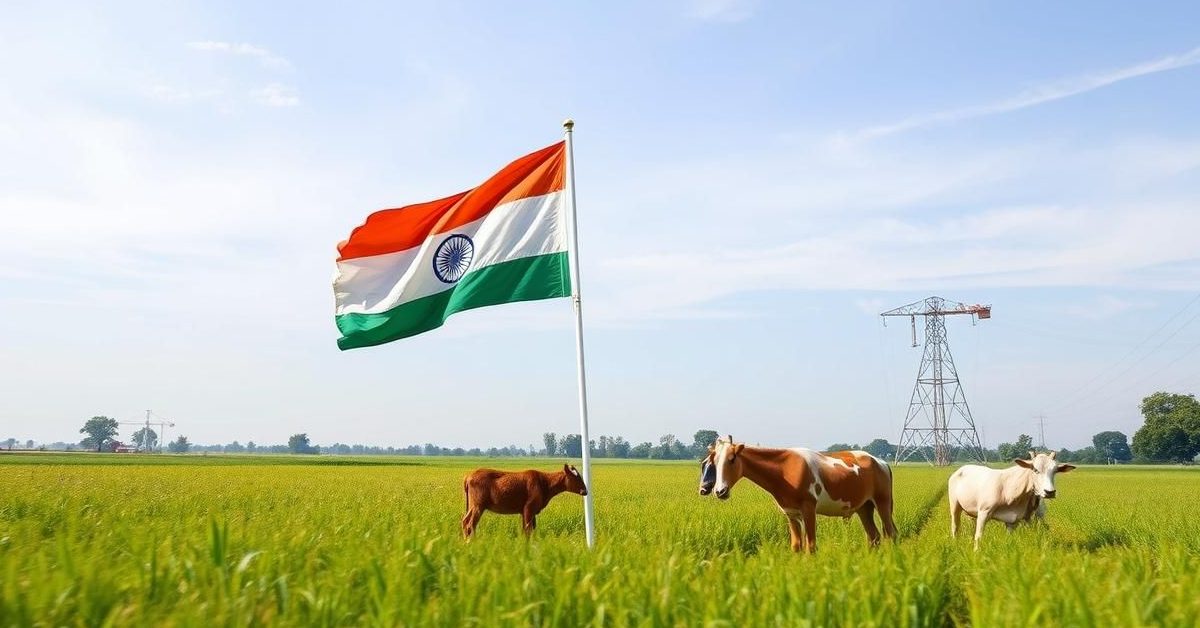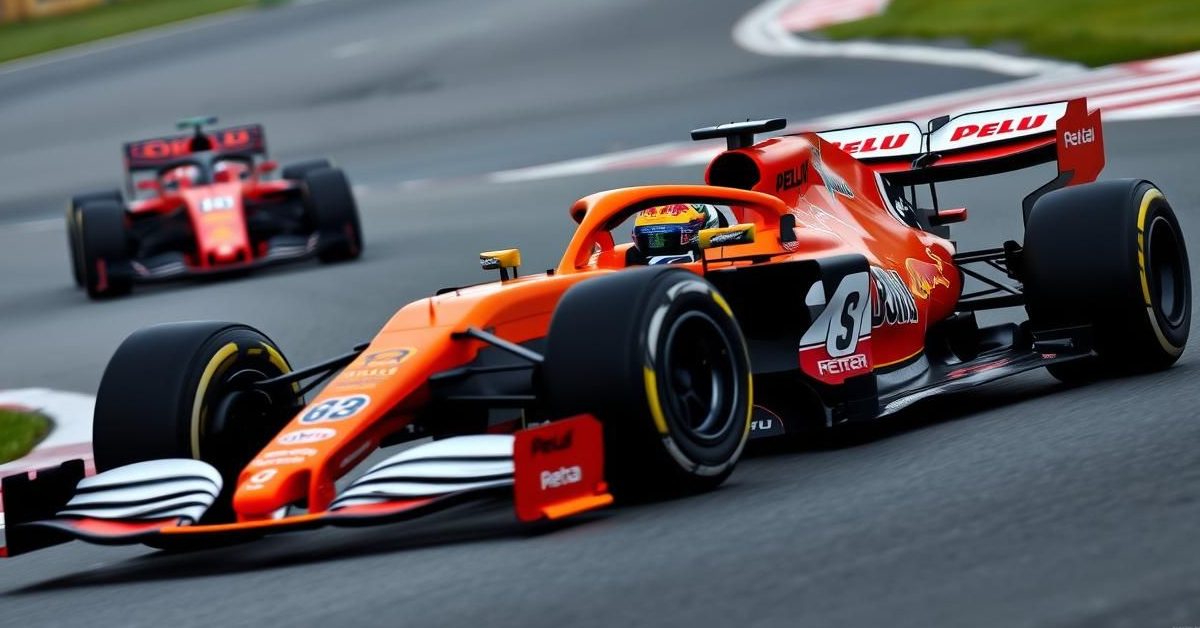India-US Trade Tensions: Navigating the Delicate Balance of Billions
The global economic stage often witnesses high-stakes negotiations, and few are as keenly watched as the trade discussions between the United States and India. Amid pronouncements from former US President Donald Trump about securing a “very big” trade deal to “open up India” and significantly reduce tariffs, India has consistently drawn a firm line in the sand, especially concerning its agricultural and dairy sectors. Finance Minister Nirmala Sitharaman unequivocally stated in an interview with the Financial Express, “There’s no way we could do anything that would weaken our agriculture, our farmers’ positions.” This declaration underscores the deep-rooted sensitivities surrounding these critical economic pillars.
But what precisely are these non-negotiable “red lines” that the US is so determined to circumvent, if not outright remove? The crux of the matter, it turns out, boils down to four specific farm products: corn (maize), ethanol, soybean, and dairy. For each, India employs a combination of tariff and non-tariff restrictions, measures that the United States is vigorously pushing to ease, seeking greater market access for its agricultural giants.
The Corn Conundrum: GM Maize and Farmer Futures
When we talk about corn, the scale of the US agricultural might becomes immediately apparent. As the world’s leading maize producer and exporter, the United States boasts an estimated 377.6 million tonnes of output for 2024-25, dwarfing India’s 42.3 million tonnes. A pivotal point of contention lies in the fundamental difference in farming practices: a staggering 94% of the US corn acreage last year was dedicated to genetically modified (GM) varieties. These crops are engineered with alien genes, often from bacteria, to tolerate herbicides like glyphosate and glufosinate or resist specific insect pests.
India, however, maintains a cautious stance. It imposes a 15% duty on maize imports up to 0.5 million tonnes annually, with a sharp jump to 50% for quantities exceeding that. More critically, India neither cultivates nor permits the import of GM maize, driven by environmental and health concerns, as well as a strong public sentiment against genetically altered food.
One intriguing proposal floated in the negotiations is to allow GM maize imports exclusively for manufacturing fuel ethanol. Currently, over 46% of ethanol blended with petrol in India is derived from maize, surpassing the contributions from sugarcane juice/molasses (32%) and surplus/broken rice (22%). The logic behind this limited allowance is to keep GM maize out of the direct food chain, ensuring that milk, eggs, or chicken consumed in India are not from animals fed on GM corn, whether from the US or Brazil.
Yet, this solution is far from simple. It faces considerable pushback from India’s powerful sugar mill lobby. They fear that a surge in imported GM maize would further marginalize sugarcane’s role in the Ethanol-Blended Petrol (EBP) program, a scheme designed to reduce India’s reliance on imported fuels and support domestic agricultural output. Furthermore, such a move could ignite political unrest, especially in states like Bihar, India’s third-largest maize producer after Karnataka and Madhya Pradesh, where farmer sentiment can significantly influence election outcomes.
Ethanol: Fueling Domestic Production vs. Global Trade
The US isn’t just a corn giant; it’s also the world’s largest producer and exporter of ethanol. In 2024, US ethanol exports hit $4.3 billion, with India being the third-largest market ($441.3 million) after Canada ($1.5 billion) and the United Kingdom ($535.1 million). Despite this, India’s current policy permits ethanol imports only under “actual user” licenses for non-fuel industrial applications. This means imports can be used for chemicals, medicines, or beverages, but explicitly not for blending into petrol or diesel.
With India’s projected total ethanol consumption nearing 11,350 million liters by 2025 (9,650 million for fuel and only 1,700 million for industrial use), the US sees a massive untapped market. However, allowing ethanol imports for fuel use stands as a robust “red line” for India. Doing so would undermine the EBP program’s core objectives: bolstering energy security by reducing dependence on foreign oil and creating a robust domestic market for surplus agricultural produce, particularly sugarcane and various cereal grains.
Soybean’s Sticky Situation: GM Imports and Farmer livelihoods
Similar to corn, soybean presents another complex challenge. The US is the second-largest producer and exporter globally, after Brazil. In both countries, an overwhelming majority of soybean acreage (96% in the US, 99% in Brazil) is dedicated to herbicide-tolerant GM varieties, leading to significantly higher yields compared to India’s average of 0.9 tonnes per hectare. India permits the import of GM soybean oil, but strictly prohibits whole GM soybeans and the residual de-oiled cake (DOC) left after oil extraction. The rationale is simple: the GM protein matter is present in the raw bean and DOC, but not in the refined oil.
A working paper from the NITI Aayog (though later withdrawn) had explored the idea of importing GM soybeans. The proposal suggested that the extracted oil could be sold domestically, while the DOC would be exported, thereby preventing imported GM beans from being planted by Indian farmers or used as animal feed within the country. This nuanced approach aimed to satisfy both trade demands and domestic concerns.
Politically, however, this issue is fraught. Soybean is a major crop across some 13 million hectares in India, predominantly in BJP-governed states like Madhya Pradesh, Maharashtra, and Rajasthan. Given that the crop often sells below the government’s Minimum Support Price (MSP), any move to allow GM soybean imports could provoke widespread farmer protests, making it a politically perilous decision for the government.
Dairy Demands: Cultural Sensitivities and Strategic Leverage
While not as dominant as New Zealand or the European Union in the global milk powder and butter trade, the US dairy industry still harbors ambitions for the Indian market. India’s current tariffs—30% on cheese, 40% on butter, and 60% on milk powder—already make imports from even the most cost-effective producers like New Zealand and Australia financially unviable. Adding another layer of complexity is a unique Indian requirement, which the US views as purely “premised on religious and cultural grounds.” This stipulation mandates that all imported dairy products must be derived from animals not fed any formulations produced from the internal organs, blood meal, or tissues of bovines.
This deep-seated cultural and religious sensitivity makes dairy an almost impenetrable “red line” for India, where yielding ground is highly unlikely. Paradoxically, this steadfast stance on dairy might also serve as a strategic leveraging point for the US, allowing them to exert greater pressure and extract concessions in negotiations concerning other agricultural commodities. The delicate dance of trade diplomacy continues, with India steadfastly guarding its agricultural interests against the relentless pursuit of market access from its powerful trading partner.















